In Reward-Based Training, is it Aversive to say 'NO' to a Dog?

This article addresses the role of No-Reward Markers (NRMs) in dog training, responding to concerns that NRMs may be aversive and less effective than purely positive reinforcement. It explains that while NRMs like “No” or “Nope” can be mildly aversive to some dogs, they can also increase a dog’s drive and focus when used correctly and consistently. The article contrasts NRMs with free shaping, a technique that rewards only correct behaviors, and notes that not all training situations are suited for that method. Ultimately, it emphasizes that successful training depends on the individual dog, and that trainers must adapt their approach based on what motivates and works best for the dog in front of them.
I saw an article (not a Leerburg article) recently on the subject of marker training, specifically the use of a no reward marker (NRM) or negative marker.
The article argues that the use of NRMs, while it may not seem like it, is actually "aversive" to the dog and that using a NRM does not help tell the dog that they did not succeed or that they did something wrong.
They said that dogs learn faster if just encouraged through what they do correctly.
This is the first I had ever heard of that idea. I know you have a lot of experience so I would appreciate your thoughts on the matter.
There are a couple of excellent points made here.
First of all, in a sense, the way we use a NRM (which I will talk about in a minute) can be an aversive to some dogs. It really depends on the dog.
When we use our NRM (we say NO or NOPE) and we withhold our food reward. This is a form of negative punishment in operant conditioning where you withhold a reward as a form of punishment. If the dog is a high-drive dog, and it thinks it deserves the reward that you withhold, this may be some level of aversive, particularly with high-drive dog breeds like GSDs and Malinois.
When done correctly, and we say NOPE with an encouraging tone of voice, it means, "You didn't do that correctly, and if you want your food reward, you need to try again."
With training and repetition, the dog will come to understand that he made a mistake, and he will try harder the next time. When that happens, we are actually increasing the drive level in the dog. This work may take hundreds of reps or with some just a few. It is really dog dependent.
The fact is, it is up to the dog to determine what is and is not aversive. Another way to look at it is to admit that an aversive may add some level of acceptable stress to our dog, it makes the dog try harder. It also teaches the dog to learn and think in a stressful situations. That's a good thing.

Keep in mind a NRM is a bit different from a punishment marker(PM) (a PM is a marker used with a positive punishment consequence), although some trainers also use the word "No" as their punishment marker. It's up to you to determine which words you are going to use for which markers, and make clear to your dog what each marker means.
Learn more about marker training with our article on The Power of Training Dogs with Markers (Clickers).
This is an example of why we say dog training is more of an art than a science.
Now, a comment on what this other article you read says about NRM. When they say they only reward positive behavior or positive tries. This is called FREE SHAPING and it does work.
Some behaviors don't lend themselves to free shaping. (For example, behaviors that are done at some distance from the trainer are extremely hard to free shape only.)
So we try to evaluate and do what we think is best for the dog in front of us. Our 4 dogs vary wildly in motivation and desire for traditional rewards like food and toys. It's all about finding what works best for each individual dog.
Have a dog training question?
If you have dog training questions, questions about your dog's health, or questions on breeding, view our Ask Cindy section. Cindy has answered thousands of customer questions. You can search through these Q&A's from our Ask Cindy search bar located on the front page of Leerburg.



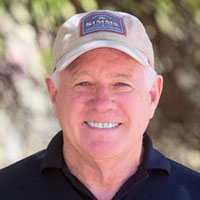
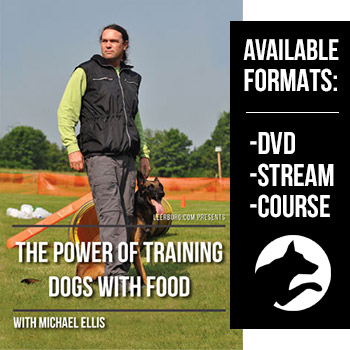

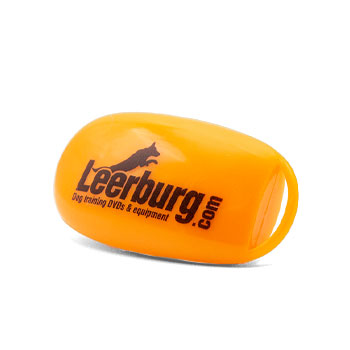
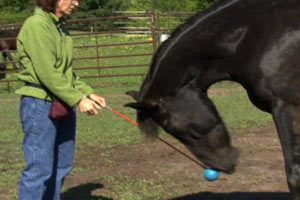
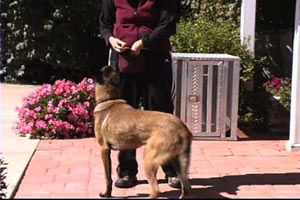

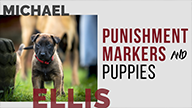
Ask Cindy.